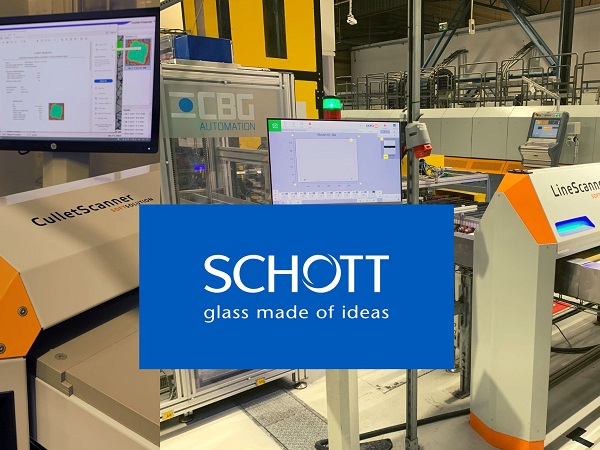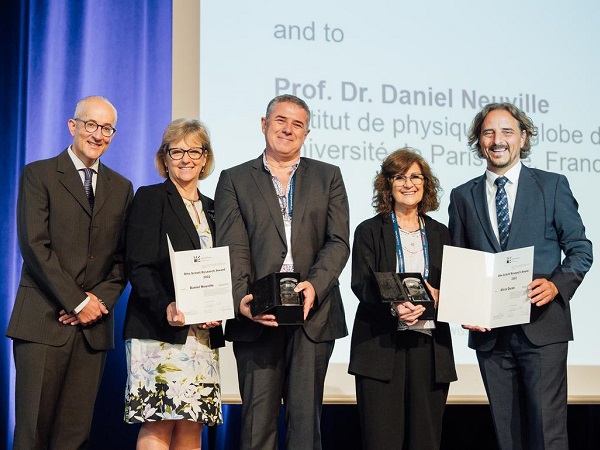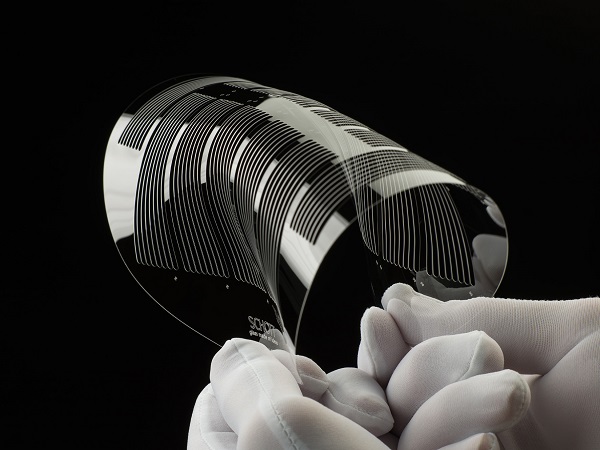Date: 15 April 2009
It should be ready for use and set its focus on the universe over the northern hemisphere by 2012.
With a 3.7 meter mirror made of the glass ceramic “Zerodur” from SCHOTT, the telescope developed by the Belgian company AMOS will rank among the world’s top 30. ARIES, an autonomous research institution under the Department of Science and Technology of the Government of India, is the nodal organization for this international project.
In the Naini Valley between the slopes of the Himalaya Mountains, the incredibly clear sky reflects off of the droplet-shaped lake. Hindu mythology says that “Nain”, the eye of the divine Sati, fell down to the ground here. Nevertheless, it isn’t mythology that the Aryabhatta Research Institute of Observational Sciences (ARIES) focuses on here, but rather what is happening outside our world.
“We are planning to build India’s largest optical astronomy telescope in the nearby Devasthal”, says Professor Ram Sagar, Director of ARIES. “It is scheduled to go into operation in 2012 and has been optimized for the spectroscopic exploration of the Milky Way. By observing the color spectrum of the light sources, one can determine physicochemical processes, as well as the internal structure or the temperature of the celestial bodies”, Prof. Sagar explains.
Eye made of glass ceramic
The telescope is equipped with a 3.7 meter mirror made of “Zerodur” from SCHOTT. “Zerodur” is a glass ceramic that is particularly known for its coefficient of thermal expansion that is close to zero. This prevents deviations from occurring while measuring the sky, as a result of shifts in temperature. Additionally, this material features extremely high homogeneity, chemical stability and excellent long-term stability of the mechanical properties. For this reason, “Zerodur” from SCHOTT is the mirror substrate material that is used in most of the world’s large telescopes.
“The high quality of the mirror material is of immense importance for a telescope of this size,” explains Frédéric Rausin, project manager at AMOS S.A. Advanced Mechanical and Optical Systems in Liège (Belgium). “Besides, the fact that SCHOTT has so many years of experience with major astronomy projects was of great benefit. This made it possible to complete the extensive processing of the mirror substrate for the active optics of the mirror that significantly improves the image sharpness of the telescope in a very short time,” he adds.
Distortion-free view of the stars
“In order to be able to take on the 69 actuators – machines similar to a “mechanical” muscle – of the active optics, pockets with extremely narrow tolerances were integrated into the back side of the mirror substrate,” explains Dr. Thorsten Döhring, an expert on astronomy projects at SCHOTT Advanced Optics in Mainz (Germany). “Now, the mirror can be adjusted in the nanometer region at these points. This allows for the bending of the mirror that is caused by gravity to be compensated for while tracking the telescope,” Döhring adds.
SCHOTT received the order to provide and process the “Zerodur” substrate from AMOS, the general contractor, in September of 2008. Only a few months later, in March of 2009, the glass ceramic monolith was delivered to the polisher as a heavy load. Once it has been completed, the eye on the sky will be sent to Liège (Belgium), where the specialist for opto-mechanical systems AMOS will complete assembly and perform extensive tests. As soon as these have been concluded, the entire system – 13 meters high and around 120 tons in weight – will be dismantled into modules of 15 tons each. Then, they will begin their long voyage to the Himalayas by heavy transport in order to be able to follow Sati’s view of the sky starting in 2012.
SCHOTT is an international technology group that sees its core purpose as the lasting improvement of living and working conditions. To this end, the company has been developing special materials, components and systems for 125 years. The main areas of focus are the household appliances industry, pharmaceuticals, solar energy, electronics, optics and the automotive industry. The SCHOTT Group is present in close proximity to its customers with production and sales companies in all its major markets. The Group’s approximately 17,300 employees generated worldwide sales of approximately 2.2 billion Euros in the fiscal year 2007/2008. The company’s technological and economic expertise is closely linked with its social and ecological responsibility. The SCHOTT AG is an affiliate of the Carl-Zeiss-Stiftung (Foundation).
AMOS is specialized in design and manufacturing of high accuracy optical and mechanical systems. For the space industry, AMOS is producing equipment to test satellites and payloads on ground as well as mirrors and mounts to fly on board spacecraft. AMOS is also delivering tailor-made equipment to professional astronomy from focal plane instruments to complete large size telescopes. Further information: www.amos.be







Add new comment